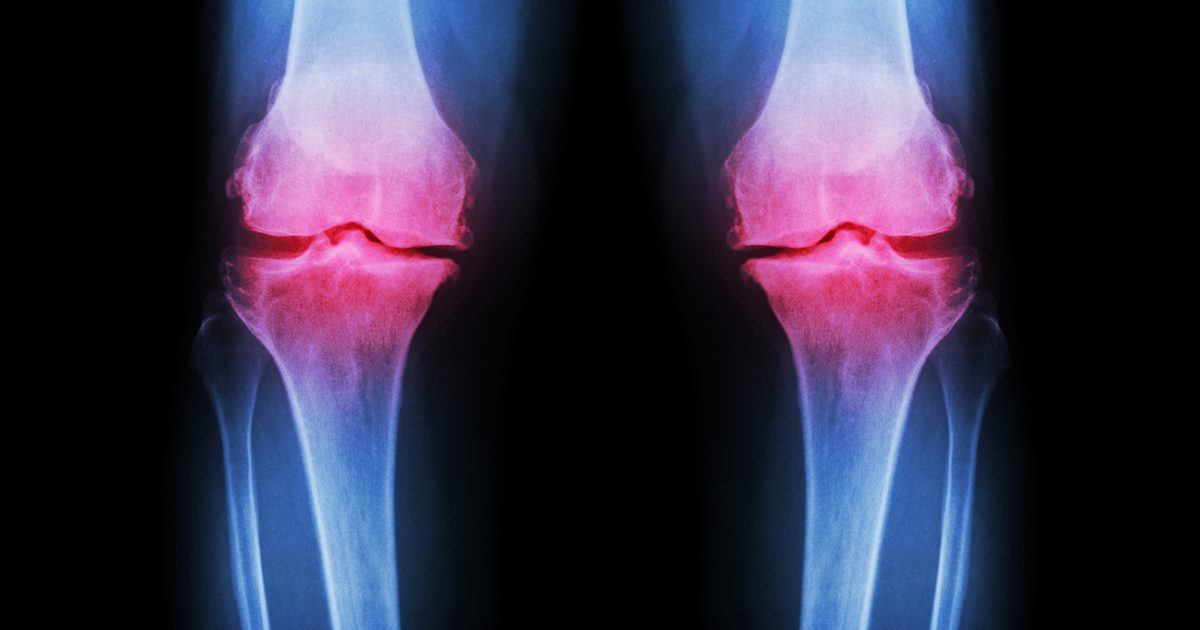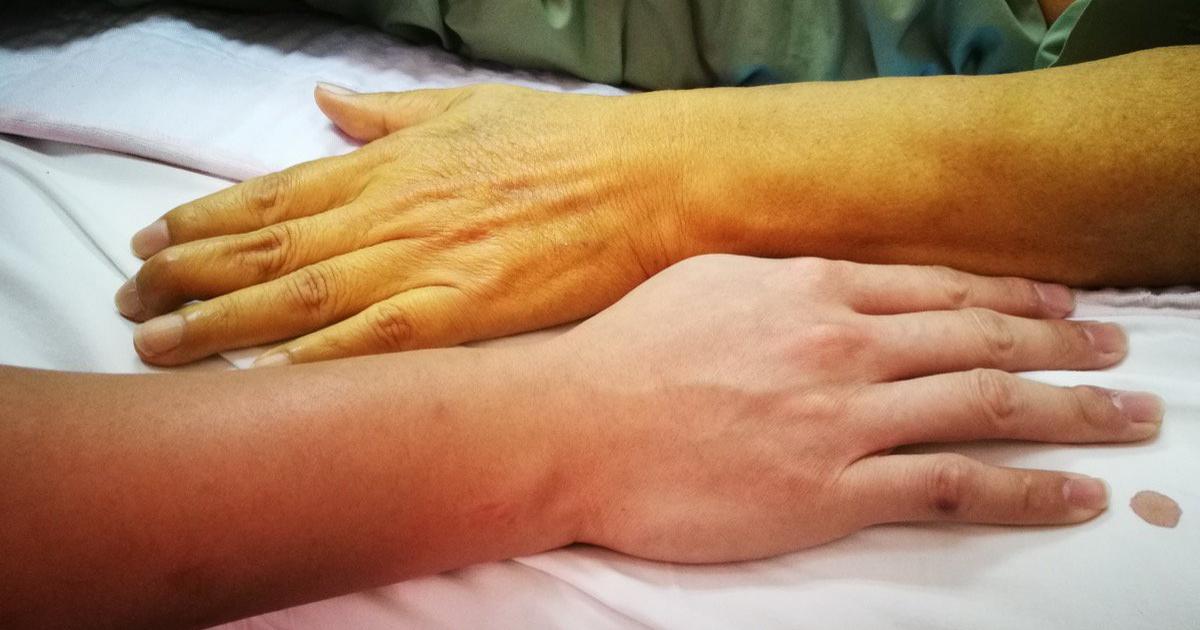Major Warning Signs of Lung Cancer
Lung cancer is a form of cancer that begins in the lung cells. Adenocarcinoma, non-small cell lung cancer, begins in the glandular cells on the outside of the lung, and small-cell cancer (e.g. small cell carcinoma) starts in the cells lining the bronchi. Lung cancer, while it begins in the lungs, can metastasize, which means it can spread to other parts of the body.
Each year, more men and women die from lung cancer than breast, colon, and prostate cancer combined. It is a highly fatal disease, with hundreds of thousands of new cases being diagnosed each year. It's critical to recognize the early warning signs of lung cancer in order to intervene appropriately. The earlier individuals seek treatment, the better their prognosis.
A Chronic Cough

Many individuals say they 'just have a cough' and chalk it down to nothing more than that, waiting far too long to be examined. Lung cancer does not just develop in smokers, so non-smokers need to take these symptoms just as seriously as someone who has smoked for years.
If an individual has a cough due to a short-term respiratory infection or cold, their symptoms should subside within a week or two. This length of time is normal and is not worrisome. However, if a cough is lingering, individuals should have their lungs examined by a physician. They will first listen to their lungs and then administer an x-ray.
Changes In Breathing Patterns

If an individual has had a chronic cough for quite some time, they should pay attention to changes such as coughing more often or if their cough has turned quite hoarse. In terms of breathing patterns, individuals should be mindful of any changes and listen to their body. If they experience shortness of breath with no explanation, for instance, it could be lung cancer.
In some cases, fluid builds in the chest due to a tumor, or cancer cells causing a blockage of some sort. It's not normal to suddenly experience issues with breathing. Does walking up a flight of stairs cause a winded feeling? Individuals should also ask themselves if they experience shortness of breath when completing simple tasks that were not difficult prior to the symptoms.
Chest Pain

In terms of increased pain, symptoms generally start within the chest. There may be pain throughout the back, neck, shoulders, and even the head. Regardless of the type of pain — sharp or dull, individuals should speak with a doctor about possible causes.
Often when chest pain is experienced, patients have enlarged lymph nodes or a tumor developing on the chest wall, ribs, or lungs. It may also mean they're suffering from pleuritis, a condition that causes inflammation within the lining of the lungs. Although lung cancer can cause this, so can an infection, lupus, or even arthritis. This is why a consultation with a doctor is so important.
Weight Loss

In some cases, individuals lose weight based on a known condition. Even with the flu, a lack of appetite can quickly cause patients to lose ten pounds. If there is weight loss without an explanation, lung cancer (or another form) may be present. As cancer cells grow and develop, they draw energy from the body.
If there is a sudden drop in weight, it could be a sign an individual's health is changing. Although it may not necessarily be cancer, it could be something else worth paying attention to. Weight loss is not only a common symptom regarding lung cancer but most forms of cancer. Pay attention to body weight, as it's generally an indication of current health conditions.
Raspy Voice

In many cases, a raspy voice may be evidence of a cold. A raspy, hoarse voice can be concerning, especially if an individual is a smoker. If this symptom continues for more than two weeks, it's critical to get checked by a physician. In terms of lung cancer, a developing tumor can cause increased pressure or influence the nerve that controls the larynx. An inflamed larynx can also cause hoarseness. Although it could be as simple as a bacterial infection, individuals should not take any chances and should seek prompt medical attention.
Headaches

In the worst case, headaches could be a sign lung cancer has spread to the brain. If an individual has a chronic headache, it may simply be from chronic dehydration or high stress. When combined with other symptoms, however, a headache could mean a brain tumor has developed. In other cases, a tumor in the lungs can place pressure on the superior vena cava, a large vein that, when pressured, can trigger headaches. A tension headache is often caused by contracted muscles in the shoulders or neck. Lung cancer could be affecting these areas and in turn, chronic headaches develop.
Bone Pain

Cancer spreads throughout the body when a localized area is not treated. In many cases, cancer can spread to bones, producing significant pain. Lung cancer would be the primary cancer, but once it spreads to the bones, it is considered a form of secondary cancer. Many patients complain the pain is at its worst at night, as they lay on their back. Although less common, there may be pain within the arms and neck as well. As the bone breaks down, pain will occur. Although a bone scan may be required, a blood test may also be administered in order to check the patient's calcium levels.
Coughing Up Blood Or Rusty Sputum

Many individuals who are affected by lung cancer often experience coughing up blood or rusty sputum as a symptom of their disease. The medical term used to describe coughing up blood from the respiratory tract is hemoptysis. Coughing up blood is a different symptom than when a patient bleeds from the throat, mouth, or gastrointestinal tract. Because the blood is mixed with air and mucus from the patient's lungs, it often comes out with a bubbly appearance. In most patients with this symptom, their blood will be bright red, but in some other cases, it may have more of a rusty coloring. Sometimes, the patient will cough up mucus that only has streaks of blood in it. In advanced cases of lung cancer where the malignancy has spread throughout a considerable part of the lungs, the affected individual may start coughing up actual blood clots instead of just bloody mucus. Lung cancer causes necrosis or scarring of the pulmonary tissues, which causes the lungs to bleed from outgrowing the blood supply for the tissues.
Fatigue And Weakness

Fatigue and weakness is a commonly observed symptom in individuals diagnosed with lung cancer. Characterized by feelings of weakness, sluggishness, and lack of energy, fatigue is actually one of the most common symptoms seen in individuals who have cancer (of many types). Fatigue occurs because the rapidly reproducing malignant cells in the patient's body are using up all of the nutrients that other healthy cells need to produce adequate amounts of cellular energy. Lung cancer is associated with fatigue and weakness in an individual that lasts longer than six months. This symptom can become debilitating and impact an individual's ability to carry out daily activities and responsibilities. When this symptom interferes with an individual's ability to work, they can incur a significant financial burden. In addition, the fatigue that occurs in lung cancer patients can precipitate psychological symptoms like anxiety, depression, and mood disturbances. A patient with severe weakness and fatigue will often describe the things happening in their life as a result of the symptom because fatigue can be a difficult condition to describe.
Recurrent Infections

Recurrent infections are a common manifestation of lung cancer in affected individuals and are often present when a lung cancer diagnosis is made. Because lung cancer is characterized by a moss of rapidly multiplying, non-functional cells in the lungs, the bronchi can become easily obstructed. The bronchi are the tubes that go to each lung after branching off of the trachea. Partial or full obstruction of one of these tubes by malignant cells can cause viruses and bacteria to enter the lungs and multiply before they can be expelled. Aspiration is also another cause of recurrent infections in lung cancer patients. Aspiration occurs when an individual inhales a foreign object such as food into the lungs and is not able to expel it.
Pneumonia often occurs when the germs from aspirated food particles or vomit cause the lung to become infected. In addition, recurrent infections can happen due to the impairment of local host defense mechanisms in the respiratory tract. If lung cancer has damaged the mucociliary epithelium responsible for transporting invading microorganisms away from the lung, an infection can develop. Malignant cells can impair the defense mechanism of the alveolar macrophages and tissue histiocytes responsible for engulfing the invading microorganism that has reached the alveoli.
Jaundice

Some patients may experience jaundice as an indication they have lung cancer. Jaundice typically occurs in cases where primary lung cancer has reached an advanced stage. When lung cancer spreads, the pancreas is one of the most common organs affected. The mechanism that explains why lung cancer metastasizes to the pancreas more often than other organs in the body is not clear. However, when the malignancy creates a lesion in the head of the pancreas, the ducts that lead from the liver and pancreas to the small intestine can become blocked. The biliary ducts are responsible for the release of bile from the liver to the small intestine so it can be used in digestion. When a cancerous growth in the pancreas stops the flow of bile into the small intestine, bile accumulates in the gallbladder and liver. Once both of those organs are at capacity, the bile will leak into a patient's bloodstream and skin. Because bile has a strong yellowish pigment to it, the affected individual will experience jaundice or yellow tinted skin and yellowing of the white parts of their eyes.
Wheezing

A common symptom that occurs in lung cancer patients is wheezing, which is a high-pitched whistling noise made while an individual is breathing. Wheezing is often accompanied by difficulty breathing or breathlessness in those who have lung cancer. Wheezing can happen when an individual inhales, exhales, or both. The high-pitched sound is the result of narrowing and inflammation of any location within the airway from the lower throat to the tiny air sacs in the lungs. Because lung cancer is a mass of rapidly multiplying cells in a location where they do not belong, they compress healthy tissues of the lungs. Compression and obstruction of the small branches deep in the lungs can cause an individual to make wheezing sounds, as well as compression or obstruction of the larger branches of the lungs. Often times, patients will initially be treated with bronchodilators, which are medications to expand the airways in the lungs. However, the wheezing that occurs in patients with a physical obstruction due to lung cancer will not respond well to this type of medication because the wheezing is not caused by inflammation alone.